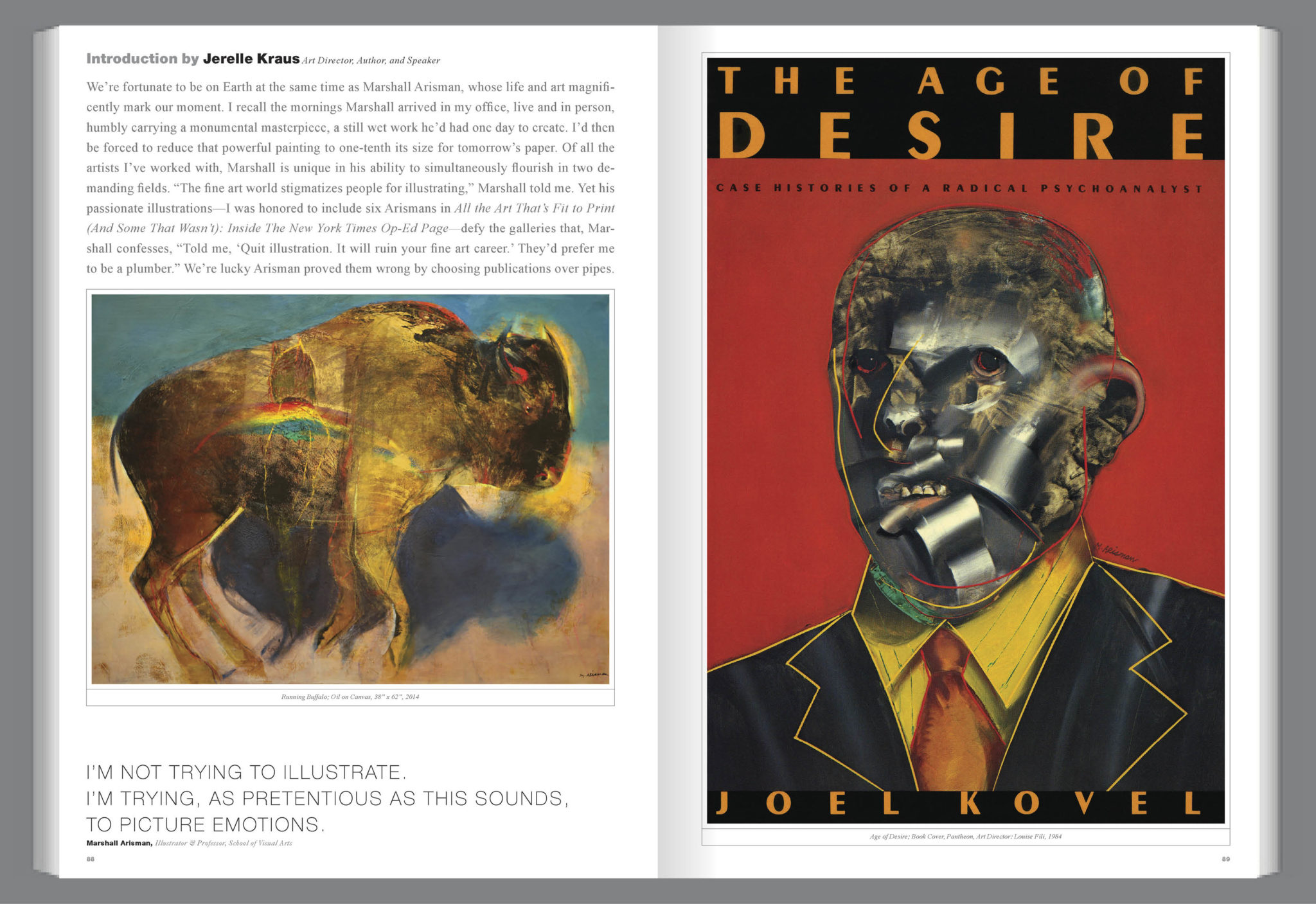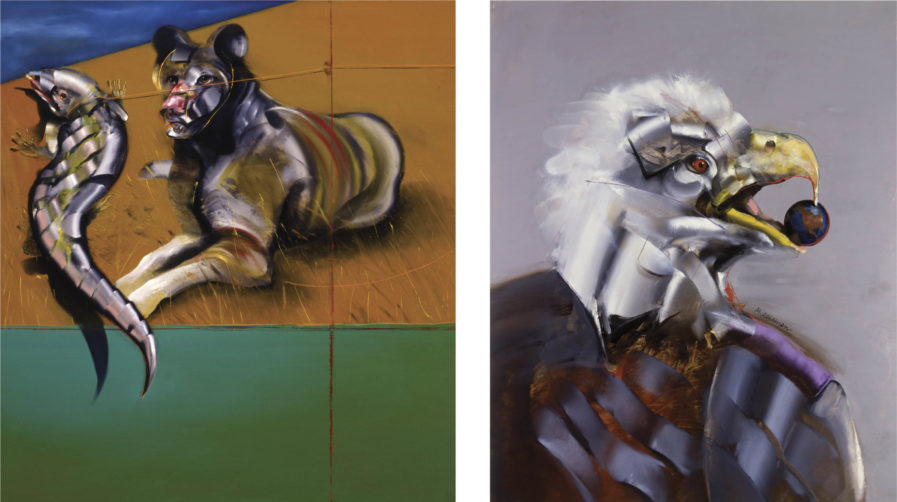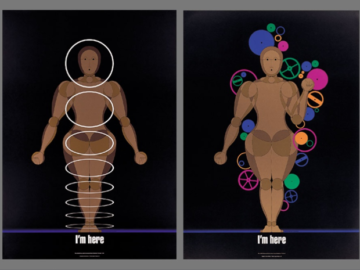“I’m not trying to illustrate. I’m trying, as pretentious as this sounds, to picture emotions.”
Graphis Master Marshall Arisman is an illustrator, painter, educator, and storyteller. His graphic commentaries and illustrations have appeared on the covers of Time, U.S. News and World Report, The Nation, The Progressive, and The New York Times Book Review. His editorial work has appeared in every national publication including Esquire, Rolling Stone, Playboy, The New York Times Op-Ed page, The Village Voice, and Business Week. Feature articles about his work have appeared in the Graphis Journal, Communication Arts, and Juxtapoz magazine. His paintings and prints are in the permanent collections of the Metropolitan Museum of Art, the Brooklyn Museum, the New York Historical Society and the National Museum of American Art, the Smithsonian Institution, the Guang Dong Museum of Art, and the Telfair Museum of Art, as well as many private and corporate collections. He is in the Society of Illustrators’ Hall of Fame and the Art Directors Club Hall of Fame. He is the chairman of the MFA degree program, Illustration as Visual Essay, at the School of Visual Arts in New York that he founded in 1984. He has been a member of the School of Visual Arts for fifty-two years.
Arisman brings surreal, chaotic energy to his work, with paintings that feature off-putting, nightmarish creations in darkly vibrant color. In much of his work, Arisman takes inspiration from the life and experiences of his grandmother, a Spiritualist and gifted medium. He also explores concepts like American gun culture and the interactions between war and society at large. Arisman’s illustration and design works have a weighted perspective, combining organic and inorganic elements to make his captivating pieces.






